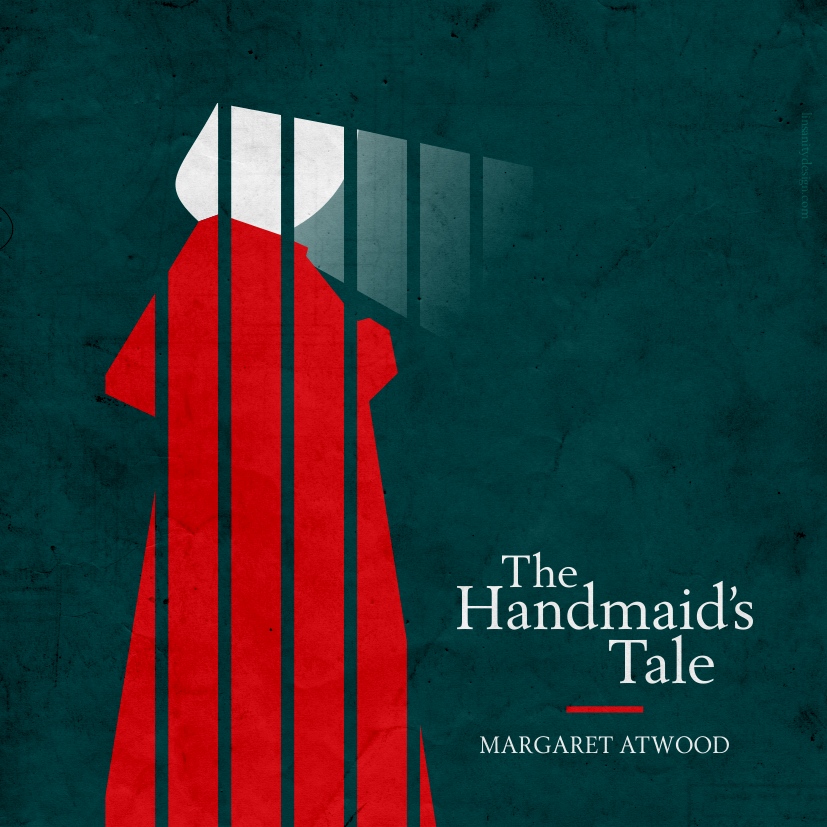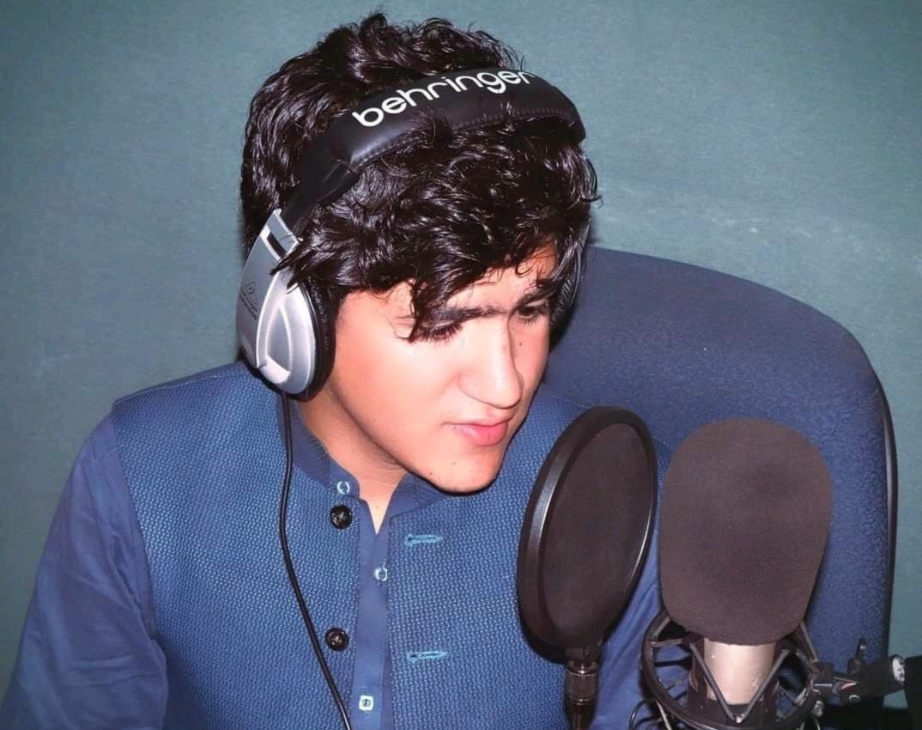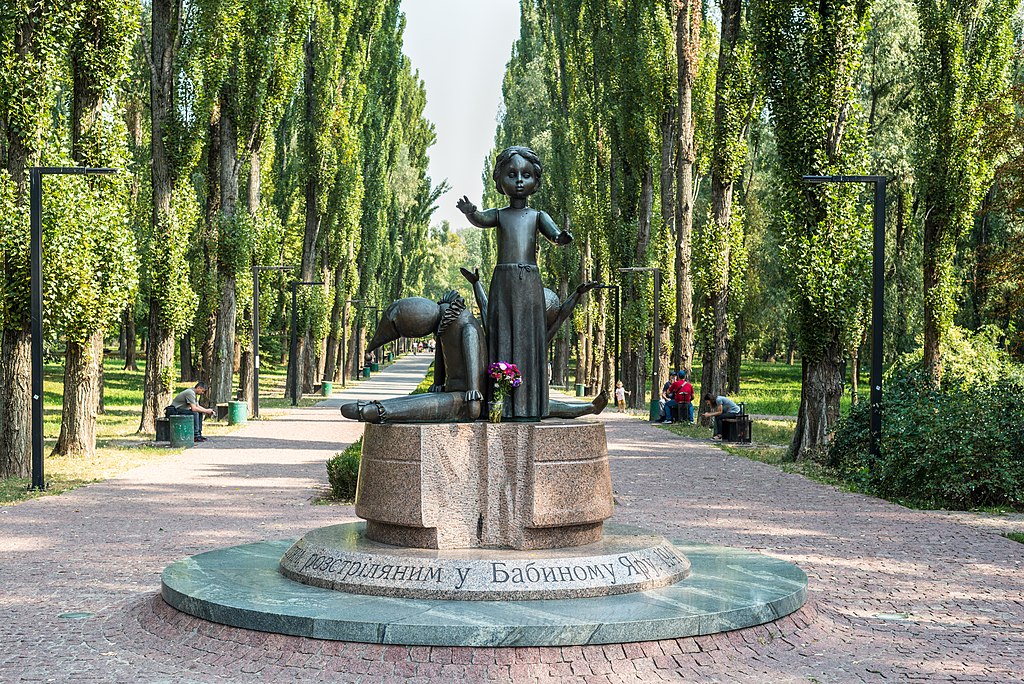Last week I attended the Doha Debates, where the programme focused on whether or not “censorship makes a mockery of the arts”. The debate was between independent curator Nat Muller and Syrian composer Malek Jandali, who agreed with the statement, and Hay Festival director Peter Florence and Iraqi art historian Nada Shabout, who spoke out against the motion.
As it turned out, Shabout was the lone ranger in pleading for cultural sensitivity and avoiding offence. Florence spoke out against the motion because he felt it was “stupid”. Florence said that artists inevitably find ways to overcome censorship and the role of an artist to test the boundaries set against them. Muller and Jandali both highlighted the importance in creating unfettered spaces for artists, but Muller touched on some of the challenges of running exhibitions within the Middle East.
Inevitably, the Danish cartoons of the prophet Muhammad and the topic of religious sensitivity came up in the questions from the audience. Shabout was insistent on respecting the specific culture of a region, and stressed the importance of respecting local culture and norms. Since we were in Qatar, it was unsurprising, and throughout my time there I had many conversations about censorship in the country, especially after spending time in two of Doha’s galleries.Examples of silly censorship in films, to struggles for foreign artists displaying work in galleries in the Gulf all touched on the question of censorship in conservative societies.
Often, I find these conversations to be frustrating, because it inevitably comes down to the rights of the artist vs the rights of the audience. I don’t think we should be framing it in this way. In the end, the solution is polarising — it is either to censor the artist, or to tell the offended to merely turn away from offensive works. What is usually missing is a conversation about the right to be offended, which should go hand-in-hand with artistic freedom. Art is not always beautiful, it often times brings to the surface the ugly components of our societies that we’d rather ignore. We can’t ban hatred or ignorance, and artistic expression can spark a conversation about some of the things that we don’t necessarily feel comfortable discussing. What we really should be discussing is not whether or not art should be censored, but how we create room for discussion and dissent.
Watch the full debate below. I make an appearance around the 26 minute mark:
Sara Yasin works for Index on Censorship. She tweets at @missyasin




